Some Questions that Asked About Watch Winder
Watch winders are not only an incredibly useful and fulfilling tool when it comes to growing and maintaining your watch collection, but they also provide a different way to appreciate and display your watches when spending time at home. However, as the watch collecting community has grown over the decades, so have opinions on the usefulness of winders, and today you'll find them as much an object of debate on the internet as any specific horological product, with pages and pages of forum and blog posts dedicated to figuring out whether or not the average winder is beneficial to the watch ownership experience, detrimental, or simply an instrument of convenience.
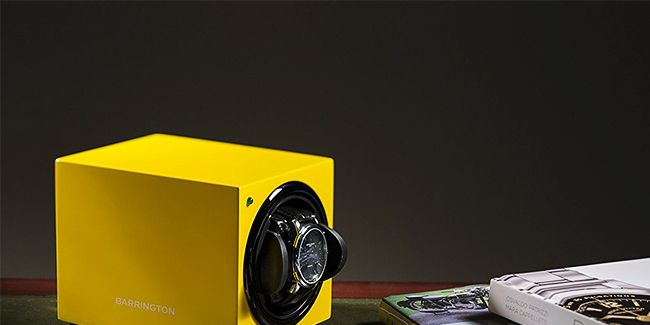
Before you bought your first automatic watch, you may have been unaware that watch winders even existed. Now that you have become a member of the exclusive club of premium automatic watch owners and collectors, it is time to learn why it makes so much sense to invest in one or more of these beautiful and functional pieces.
First of all, the watch winder can keep your watch winding, so that it will not cause your watch movement to be dry, and can extend the life of the watch. Secondly, when you don’t wear the watch and the watch stops working, you need reset it and rewind your watch. This is a very complicated task. Manual winding may make the winding too stressed, and watches with moon phase and perpetual calendar functions are even more complicated. Once they stop running, they will inevitably annoy you. Finally, owning a watch winder can also be regarded as owning a watch storage box. It is not only a place for you to display your watch, but also a place for protecting the watch. This is a very effective and worthwhile investment.
2.Is it really not harmful to automatic watch?
Whether the watch winder will damage your watch depends on the circumstances. With high-quality motors, you don't have to worry. As we have seen, the clockwork on the watch should simulate the movement of the wrist, and the movement stores energy, so the watch will not stop. The problem is that inferior watch winders can cause excessive winding, magnetization or damage to the watch. Even so, you should not compromise on the watch winder. Maybe you don’t really need a watch winder, but if you need one, it should be a high-quality one.
3.Is it safe to leave a watch on a watch winder for days or weeks at a time?
Many people don’t wear their watches every day, and even more people collect watches and want to give them all adequate wrist time, so this question pops up often. The answer is It depends on the capabilities of your winder. Automatic movements have a slip-clutch that prevents overwinding. However, it is safer to not put too much stress on the mechanism through non-stop winding. Run it for a day and turn it off. A programmable timer is an ideal solution. Or, if you are a gadget freak as well as a watch freak, control the winder from your smartphone and the appropriate hardware.
4.Which is the best type of holder used on watch winders and why?
There are three types. they all perform the same function. Here’s how they differ:
● Cup Type. A rotating cup receives the watch, which must first be mounted on a carrier of some sort. Most common is a snugly fitting soft foam cushion as the carrier. The cushion self-adjusts to most wrist sizes automatically. Also, oversize and undersize cushions are readily available. No scuffing or scraping is possible with this type of mount. A two watch carrier is also available.
● Bent Spring Type. Used on rotary, planetary, and windmill winders, these “C” shaped devices are made of spring brass or steel and are generally covered with leather or fabric to prevent metal-to-metal contact. Care is required when positioning the watches to prevent scratching and to ensure a secure mount. Springs may be reshaped by the user to suit various wrist sizes. However, care must be exercised to ensure a tight fit as reduced tension may allow the watch to fall off the holder as it rotates.
● Snap-In Type. Generally molded of plastic, with a leather or fabric cover. The watch strap or bracelet is closed and then stretched over telescoping members and held in place by either spring pressure or by tightening adjusting screws. Care must be exercised to ensure that the watch holder assembly is securely snapped into the mating receptacle or damage could result from the holder falling during rotation.
5.what are “winding cycles”?
Also known as turns per day, a winding cycle is the number of turns that the internal rotor needs to make to keep the watch properly wound. The majority of automatic watches require a winding cycle of 500 to 800 turns daily, but many modern automatic watches have longer power reserves and require over a thousand turns per day. There are a lot of winding settings of different watches in our blog, you can look through it.


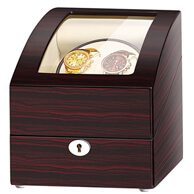
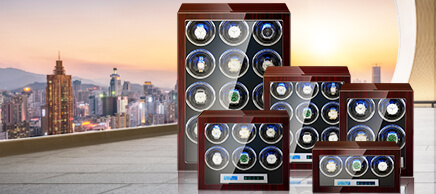
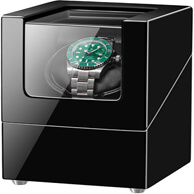
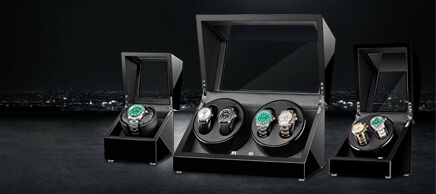
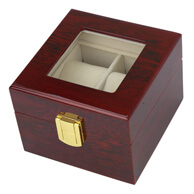
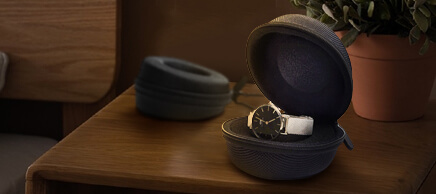
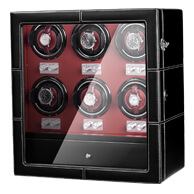


Congratulations, you have completed Facebook authorization.
To finish the login process, please provide email address.